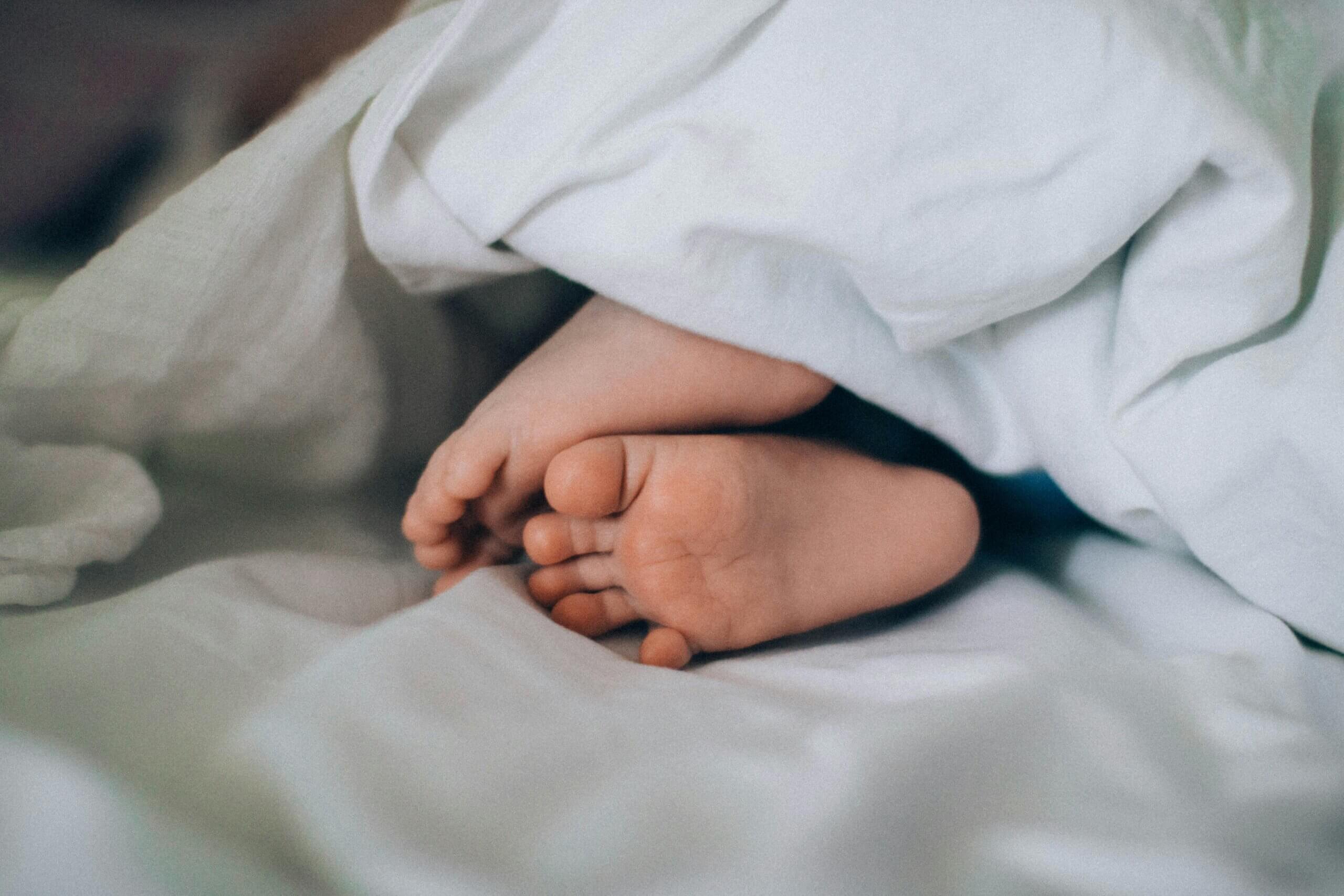Whether you’ve had a hard time getting your baby to settle lately, or you simply want to make sure that they’re getting every second of the rest they need to grow healthily, ensuring your baby gets enough sleep is vital. However, there are a host of things that can interrupt that vital snoozing, and every baby tends to bring their own spin on sleeping habits. That said, the best ways to help them sleep tend to be pretty consistent, so let’s look at some of the best ideas.
1. Consistency Is Key
While babies seem like they can fall asleep and wake up at any point, the truth is that they do best with predictability. Creating a consistent bedtime and naptime schedule helps signal to your baby’s body that it’s time to rest. Start with calming activities such as a warm bath, gentle rocking, or reading a soft-voiced story. If you can, try to do these events in the same order every time. It might seem like your baby is too young to notice when things are a little different, but they can develop a pattern for recognizing these different stimuli in a way that acts as a cue for their brain to start getting the body ready for sleep. A little flexibility isn’t going to spoil your efforts entirely, but try to keep it consistent as best as possible.
2. Ensure A Comfortable Sleeping Environment
The surroundings of your baby’s sleep environment can be the deciding factor in sleep quality. Make sure that the room’s temperature is right, typically around 68–72°F (20–22°C), as babies sleep better when they’re not overheated. Dim the lights well before bedtime to help signal their body to produce melatonin, widely known as the sleep hormone. Some babies do well with a white noise machine or with gentle lullabies, which can help to mask the sounds of the household. Keep their crib calm and clutter-free, as well, as bumping into things or being surrounded by objects can lead to overstimulation.
3. Be Flexible on Location
While your baby’s bedroom might be the optimal location for them to get a good, long sleep, if they’re falling asleep where they are, then it might be easier to let them rest there instead of moving too much. A good, portable, small crib can help you quickly set up a makeshift sleep environment wherever you are, allowing you to keep naps on schedule regardless of where you are. Of course, this even works if you’re not at home, such as visiting your family or staying at a hotel, since these small cribs are relatively easy to pack up and transport. What’s more, using the same small crib no matter where you are can help you maintain some sense of consistency even in different rooms or homes.
4. Choose the Right Bedding
Safe, comfortable bedding is essential for helping your baby sleep well. Always use a firm mattress that fits snugly in the crib, with no gaps where your baby could become trapped. You should make sure to choose fitted sheets that are made from soft and breathable fabrics, such as organic cotton, that help prevent your baby from becoming overheated during the night. Avoid using any quilts or blankets in the crib, as even if they seem relatively light for you, they’re much heavier for a baby and can be a real risk to their health as a result. Make sure the bedding is washed frequently with baby-safe, fragrance-free detergent to prevent skin irritation.
5. Get to Know Their Sleep Cues
When your baby is starting to get sleepy, they will have a set of cues to let you know. If you’re able to start recognizing them, then you start preparing them for sleep with soothing techniques and ensuring that you have a crib nearby and ready for them. It’s important to start acting when you see these cues, as leaving it for too long can result in them becoming overtired instead. Watch for rubbing eyes, yawning, fussiness, or staring off into space. Responding to these signs quickly makes it easier for your baby to fall asleep and stay asleep, as overtired babies are harder to settle. You might also find that your baby has a general number of hours that it stays awake between naps, commonly known as the “wake window.” Getting to know this can help you anticipate when they might start showing signs of sleepiness.
6. Use Gentle Soothing Techniques
While some babies might fall asleep quickly without any help at all, others might need a little assistance. Knowing your soothing methods, such as soft rocking, rhythmic patting, or humming, can help your baby sink deeper into sleepiness until you’re able to put them down. You want to avoid overstimulation while you’re carrying out these techniques. Over time, your baby will associate these calming actions with rest. If your baby wakes in the night, try soothing them without immediately picking them up, as sometimes they just need a few moments to settle themselves. This can help them develop the self-soothing techniques that help them become more independent sleepers.





Leave a Reply